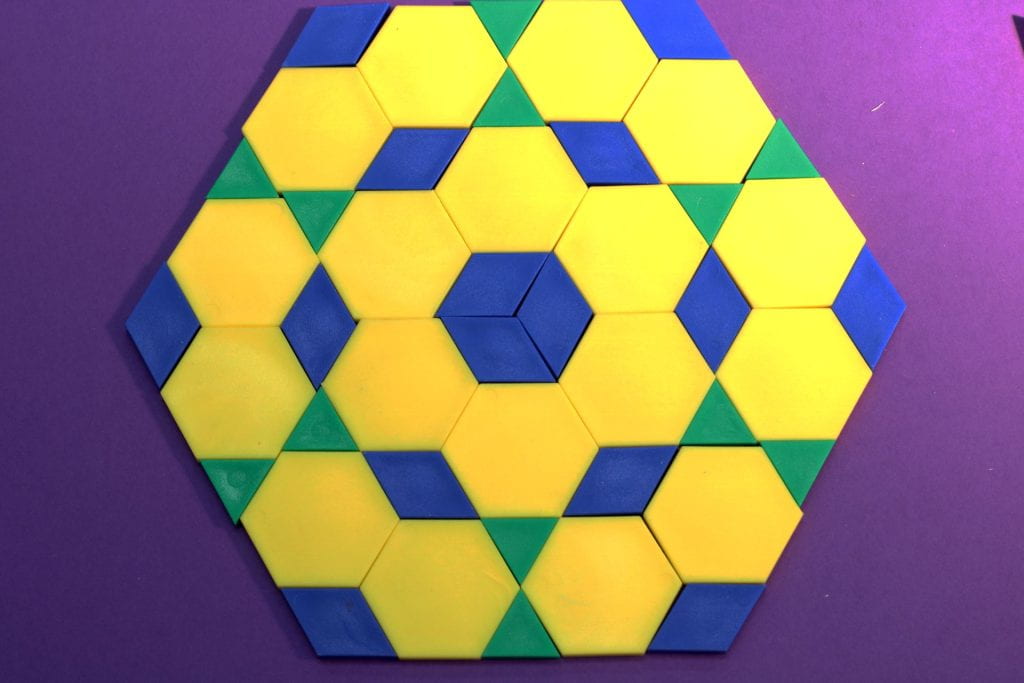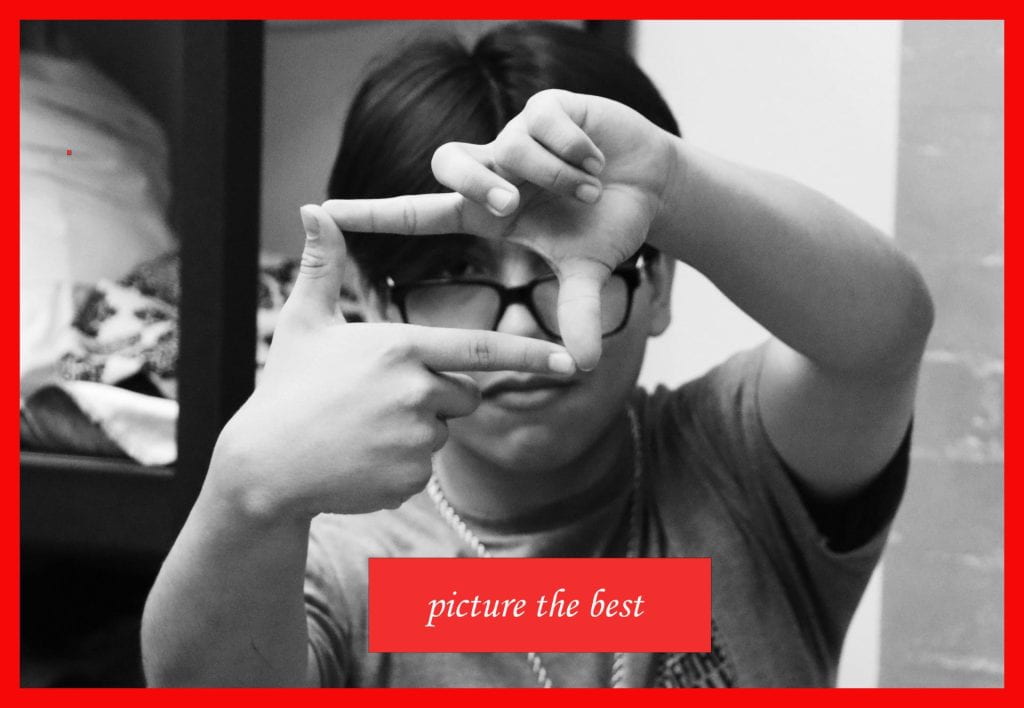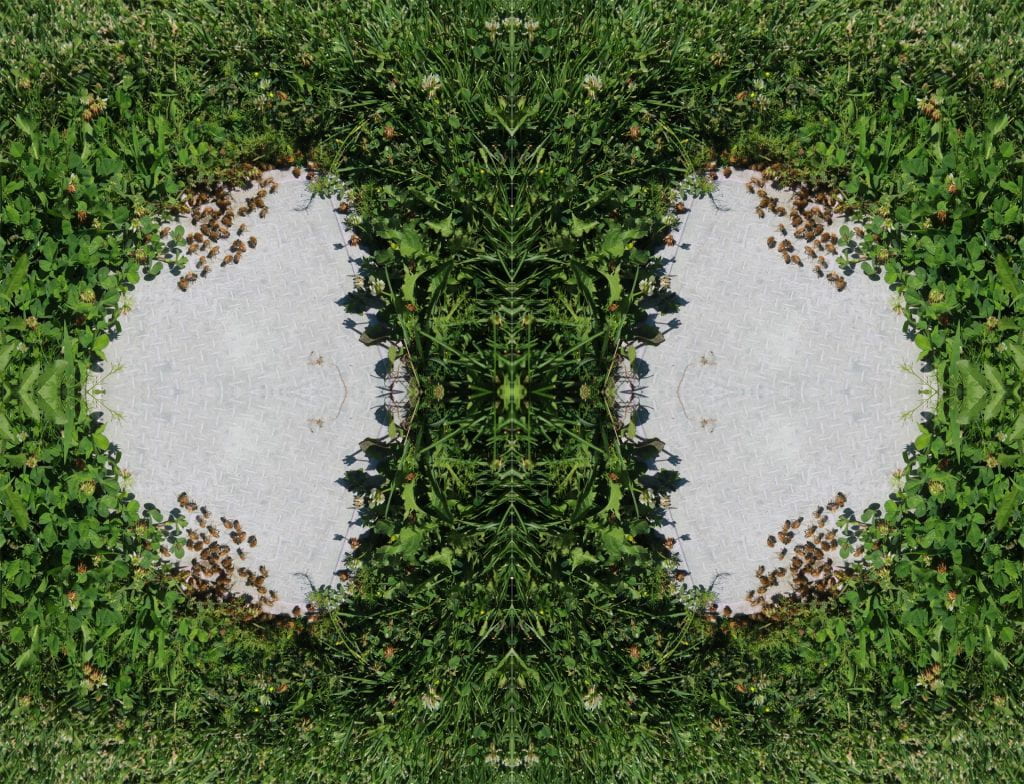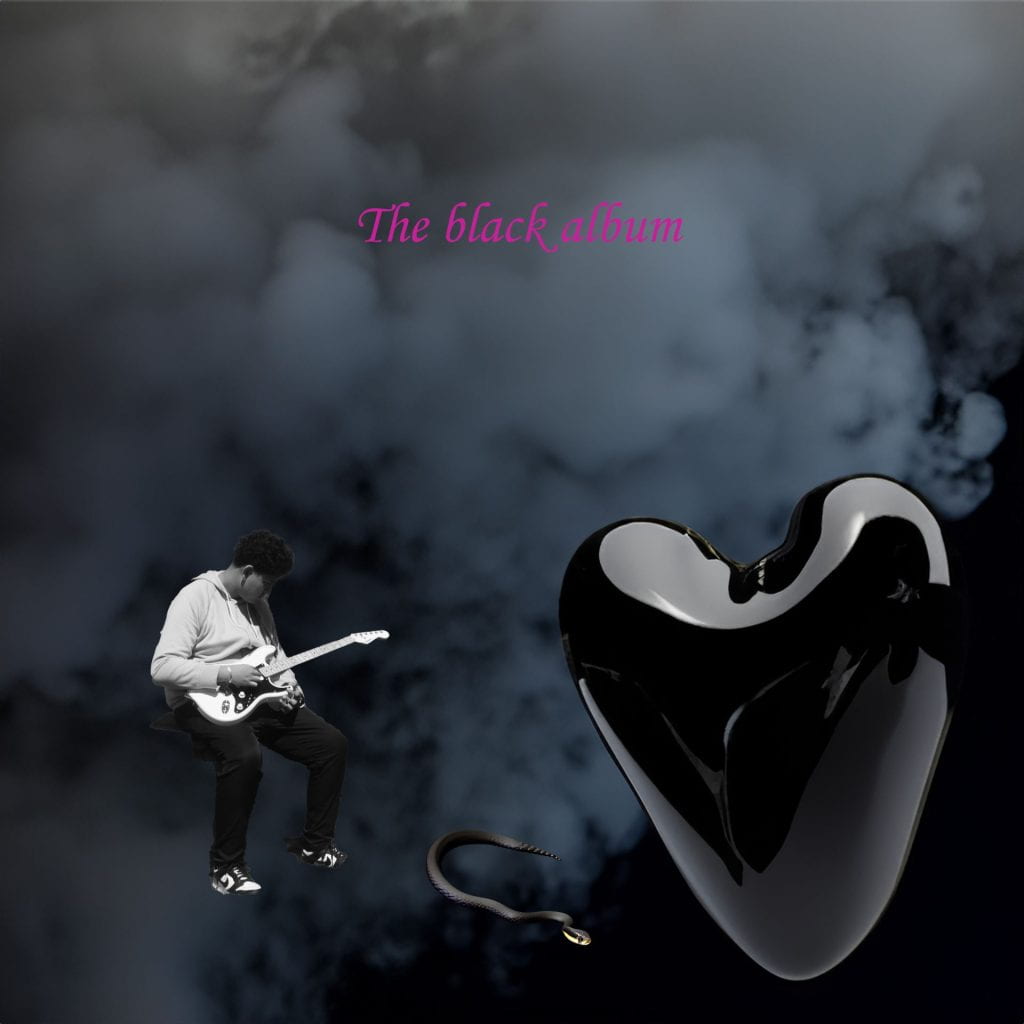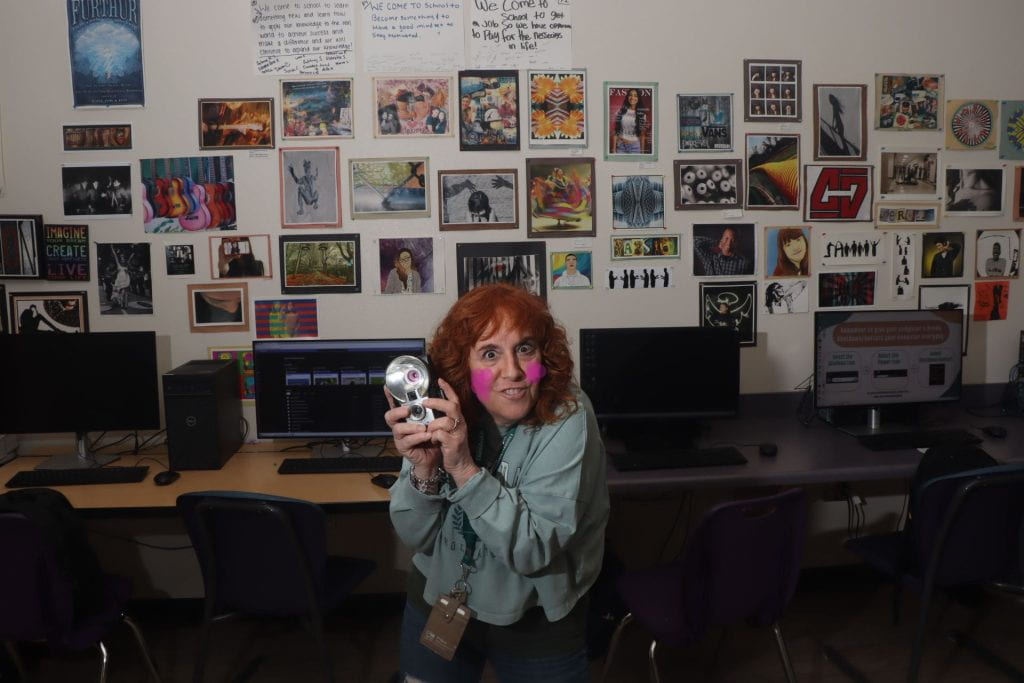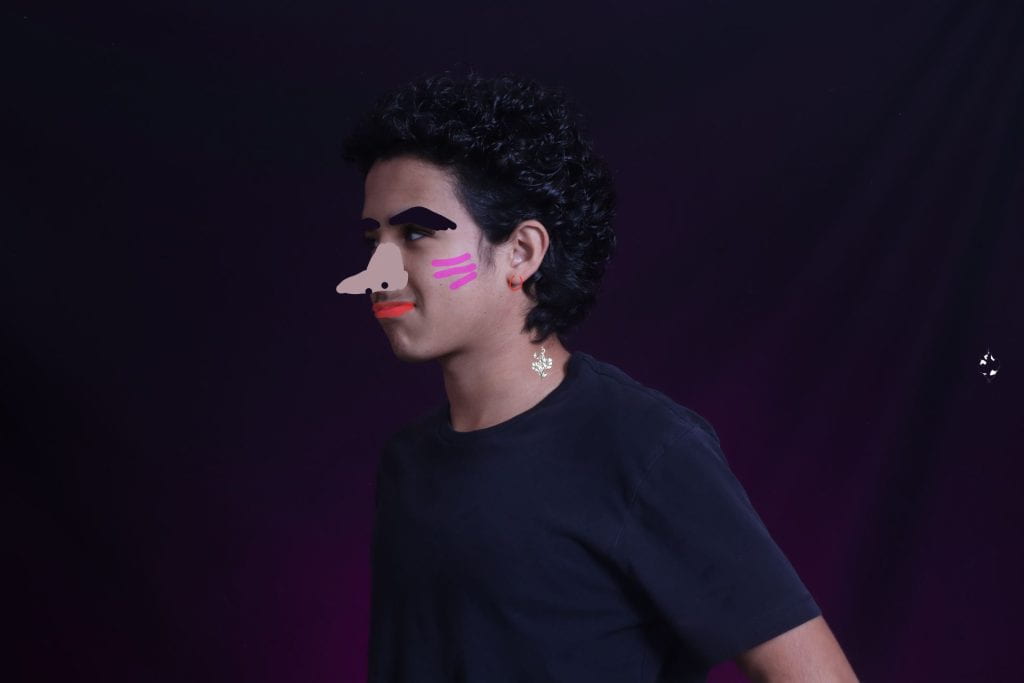COMMENTs
20 tips
1.No Matter How Pro You Get, It’s Still a Passion Play
Don’t ever lose the spark that got you into photography. Your passion for creating beautiful images of things that interest you is the underlying motivating force behind every shoot you do. When that spark goes out, it also leaves your images. So, treat your inspiration and creativity as the most vital skill you have. Honor it, cultivate it, nurture it.
2.Establish Your Own Compositional Rules
Whether it’s an adherence to the rule of thirds, a love of circles, filling the frame, dramatic lines or repeating patterns, your choices in how you frame a shot defines you as a photographer. Know what appeals to you and create your voice through your compositions.
3.It’s All in the Details
Audiences love detail and light provides it. The more light, the more detail. But don’t forget to keep a steady hand, too. This is the physical skill of taking photos – keeping the camera level and still. Keep improving your abilities here, use a tripod when necessary and remember that there are surfaces everywhere to place a camera on or steady yourself with. Also, most new cameras have the ability to click a shutter with your phone. Take advantage of every tool you have to get as much detail in every shot.
4.Shoot like a Pro, Think like a Student
There’s nothing less impressive than the know-it-all photographer. As good as your shots get, there’s always room to learn and improve. When you keep a student mentality, it keeps you curious and hungry. And this keeps you getting better. As soon as you think you got this all down, you join the ranks of the jaded and uninteresting. Stay thirsty, put yourself in places that challenge you
5.Read the Manual
Very few of us read our manuals. But you should definitely think about digging it out and learning something new about your gear. Put aside some time on a rainy day, or during a long, boring airplane ride. As dry as that writing is – and as many times as you’ve tried to understand what TTL or rear curtain means – really studying it might just lead to the idea you need right now.
6.Eyes Are the Prize
When it comes to people, remember that the best way to connect your viewer to your subject is through their eyes. Eyes not only tell us the big emotions: sadness, anger, joy – they tell us the complexities of life. A smile with sad eyes is an entirely different emotion that a smile with bright open eyes. Give direction and be a studier of painting a portrait with a look. This will do more for your image than any settings or light setup you can learn.
7.Experiment and Play
We all need a little reminder every once in a while that we’ve gotten a little rigid with our style. It happens to beginners and pros alike – we learn what we’re good at and we stick with it. Don’t forget to do something different. Take on a crazy assignment, or give yourself one. Take a few shots during your photoshoot that are done in an entirely different way. Photoshoots, by their nature, lean toward a certain time-restained bottom line. Just get the shot! This means that on set, the person who says, “Hey, what if we tried this a little differently?” is going to be resisted. Be that person. Fight the resistance!
8.Your Profile Is Your Portfolio
You can learn a lot about yourself and your photography by keeping a public profile. Sure, your decisions are your own, but seeing what people respond to is also a powerful thing to be aware of. You can use it to your advantage. So, set up your online portfolio, in your place of choosing, and curate it well. This will become your calling card and, these days more than ever, and a deciding factor on whether people want to hire you.
Sometimes you may decide to switch it up and be something different online. Go for it. Reinvention is part of the process – you can try on as many hats as you like!
9.Learn By Adjusting In the beginning, you go out, shoot and some images look good and some don’t. Then you adjust so that you get a higher percentage of good images. But as you move on from those beginning stages, it’s important to remember to never stop those little adjustments. That one step closer to the subject, that slightly steadier hand, that more perfect composition – these little things will help you continue to improve a few steps everyday. This is the key to mastering it
10.Live! Hey, no matter what level you’re at, you are first and foremost a human being. You’ve got to be out having a great time, living life and following your passions. Recommit yourself to enjoying every minute you’re out shooting. Even when it’s frustrating or not going how you thought it would go, enjoy that, too! Photography is, and always should be, one of the most rewarding things you can do. At the end of it, you have something to look at. Something tangible. A little moment of life as you lived it. What a beautiful thing to get to do.
For me these tips are the best because they teach me how to do new things.
aMAGAZOME
Barbara kruger
Mirror image
Buying a new camera
I would choose the Canon EOS Rebel T7 DSLR Camera with 18-55mm Lens because its price is $479.00 and also because of all the capabilities of this camera. It has a 24.1 MP APS-C CMOS Sensor, it has a DIGIC 4+ image processor, it has a 3.0″ 920,000-dot LCD Monitor, Full HD 1080/30p video recording. Compact and capable, the Canon EOS Rebel T7 is a Stylish entry-level DSLR that offers versatile imaging capabilities and a set of useful features. Incorporating a 24.1MP APS-C CMOS sensor and a DIGIC 4+ image processor, the T7 produces high-resolution photos with remarkable clarity, reduced noise, and a flexible native sensitivity range of ISO 100-6400 to work with. In a variety of lighting conditions, the sensor and processor also enable continuous shooting at up to 3 fps for photographing moving subjects, as well as Full HD 1080/30p video recording. It has a 9-point AF system featuring a single center cross-type AF point for greater precision and focusing speed, and a contrast-detection focusing system offers refined autofocus precision when shooting video or live photography. ISO 100-6400, shooting up to 3 fps. The 3.0″ 920K-dot rear LCD screen delivers a bright, clear image for playback and review, and built-in Wi-Fi with NFC also offers the ability to wirelessly share images from your camera to a linked mobile device for share them online instantly. At the heart of the Rebel T7 is a 24.1 MP APS-C CMOS sensor and a DIGIC 4+ image processor, which combine to provide speed throughout the camera system and quality Remarkable image quality, for working in a variety of lighting conditions, the sensitivity range of ISO 100-6400 can be further expanded to ISO 12800 to benefit photography in low-light situations. A phase-detection autofocus system The 9-point focus system incorporates a single cross-type point to provide a high degree of focusing accuracy in low-contrast and mixed lighting conditions. This focusing system also uses an AI Servo AF mechanism for faster tracking and more precise results. Expanding the camera’s capabilities, Canon’s EOS Webcam Utility software lets you turn your camera into a versatile webcam by simply connecting it to a computer via USB, supporting a variety of streaming apps including ZOOM, YouTube Live, Microsoft Teams and more, this software also maintains the ability to record internally while streaming live
Album cover
Ai
Artificial Intelligence (AI) is starting to be used in many different aspects of the world today. AI allows computers to do things that would normally require true human intelligence. Instead, we can now rely on artificial intelligence to complete tasks. AI exists in so many different places that you may not even realize.
One of the most widely used forms of AI is in digital smart assistants, such as Apple’s Siri, Amazon’s Alexa, and Google Assistant. This kind of digital assistant can understand what you’re saying, and transform the words you say into a variety of different tasks. This would not be possible without artificial intelligence. Search engines like Google also use AI to help you find what you’re searching for. Netflix uses AI to help recommend the next show that you might be interested in. AI can even be used creatively to make art or help to enhance your type of photography.
Many different photo editing software utilize AI technology to do anything from adjusting exposure and contrast, all the way to digitally removing noise or sharpening your image. Photoshop even allows you to use AI to create a layer mask of the sky. With tons of new AI-based features being added every year, we will continue to see advances in AI technology that can help us create compelling photos.
